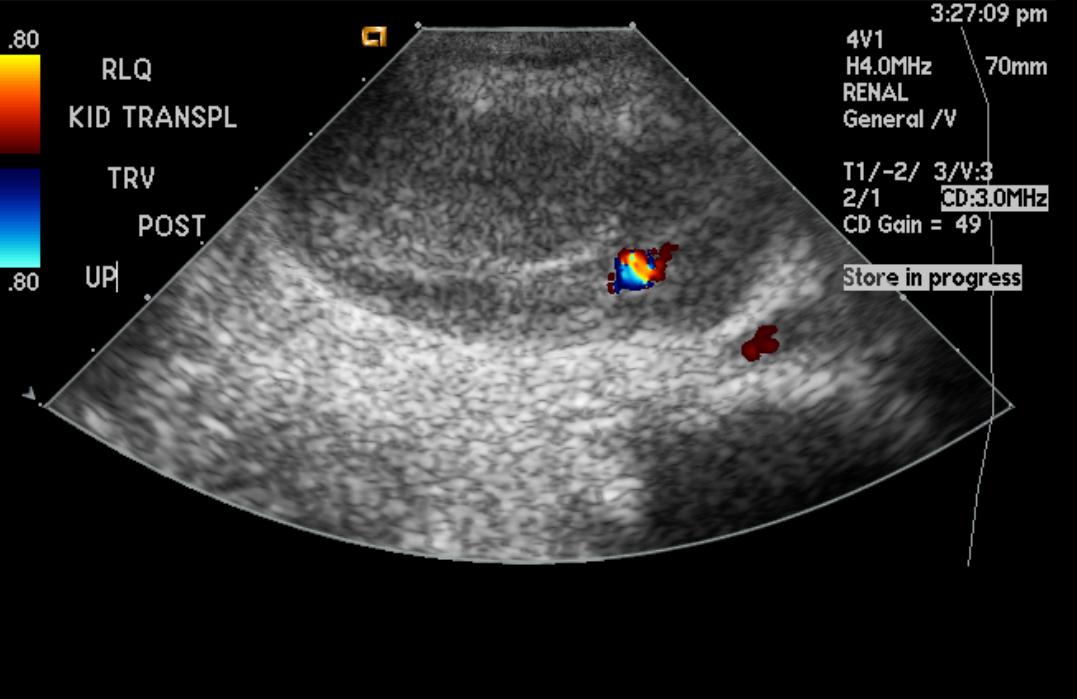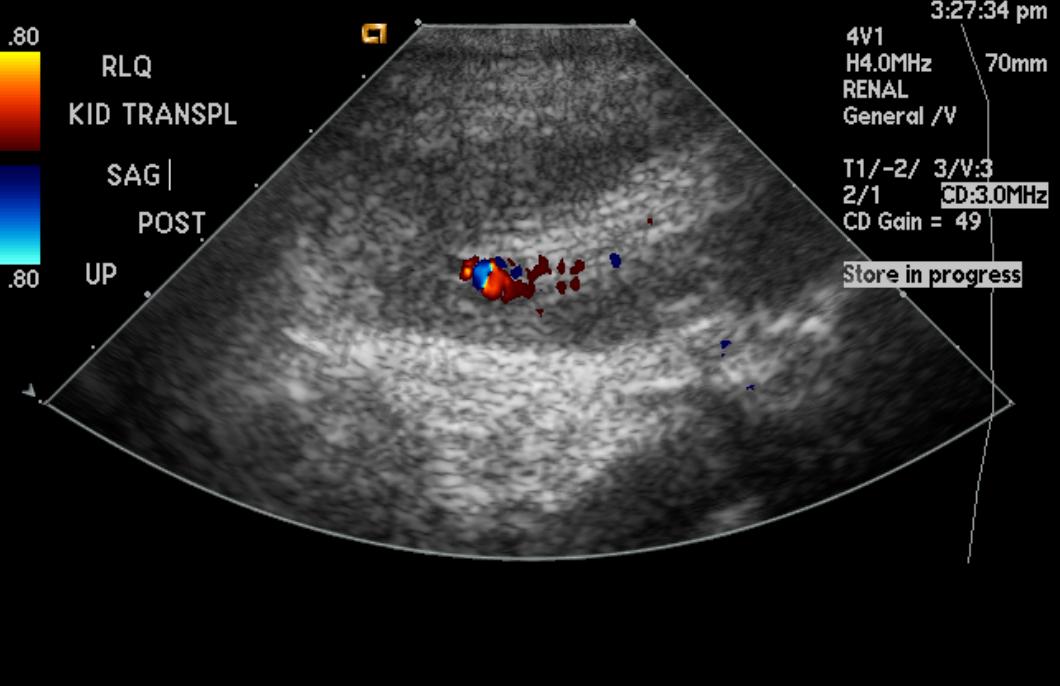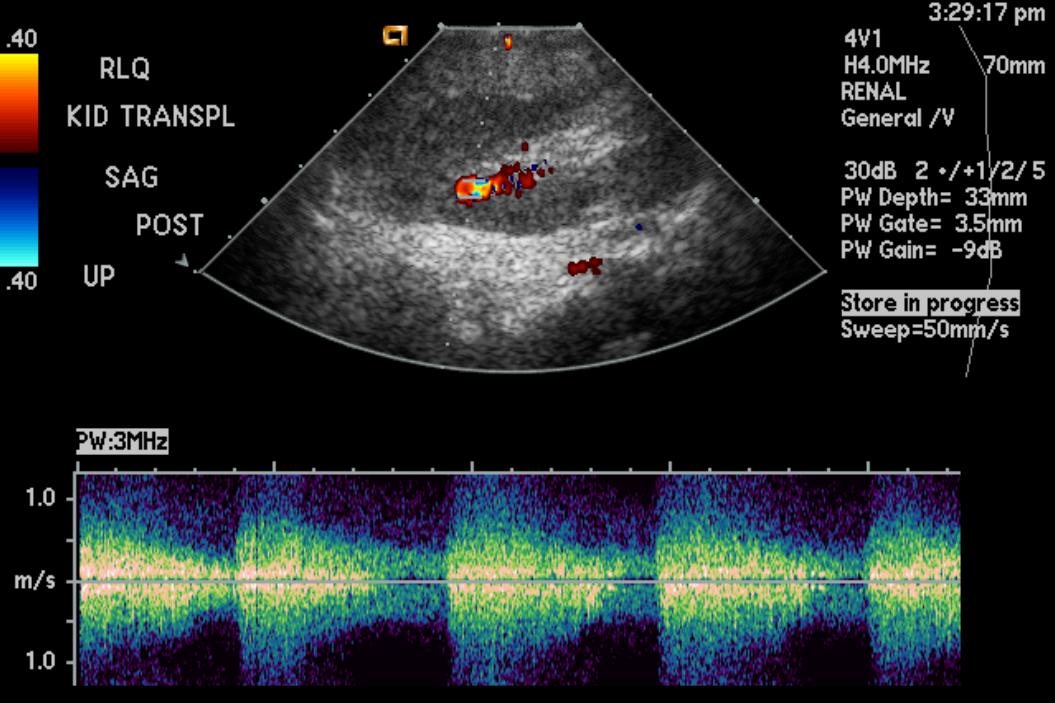Arteriovenous fistula
| Arteriovenous fistula | |
| ICD-10 | I28.0, I77.0 |
|---|---|
| ICD-9 | 414.19, 417.0, 447.0, 747.3 |
| DiseasesDB | 32435 |
| eMedicine | med/169 |
| MeSH | D001164 |
Editor-In-Chief: C. Michael Gibson, M.S., M.D. [1]
An arteriovenous fistula is an abnormal connection or passageway between an artery and a vein. It may be congenital, surgically created for hemodialysis treatments, or acquired due to pathologic process, such as trauma or erosion of an arterial aneurysm.
Vascular access for hemodialysis
Patients with end stage renal failure are treated with hemodialysis. In dialysis, blood is withdrawn from an artery or vein, purified, and returned to a vein. The volume of blood is too great for veins to handle, so a vein must be enlarged. An artery and vein, usually in the arm above or below the elbow, are sewn together, to create a fistula, and arterial pressure eventually enlarges the vein. The enlarged vein can accommodate a cannula or large needle.
Pathophysiology
When an arteriovenous fistula is formed involving a major artery like the abdominal aorta, it can lead to a large decrease in peripheral resistance. This lowered peripheral resistance causes the heart to increase cardiac output in order to maintain proper blood flow to all tissues. The physical manifestations of this would be a relatively normal systolic blood pressure with a decreased diastolic blood pressure resulting in a wide (large) pulse pressure.
Normal blood flow in the brachial artery is 85 to 110 milliliters per minute (mL/min). After the creation of a fistula, the blood flow increases to 400 to 500 mL/min immediately, and 700 to 1,000 mL/min within 1 month. A bracheocephalic fistula above the elbow has a greater flow rate than a radiocephalic fistula at the wrist. Both the artery and the vein dilate and elongate in response to the greater blood flow and shear stress, but the vein dilates more and becomes "arterialized". In one study, the cephalic vein increased from 2.3 mm to 6.3 mm diameter after 2 months. When the vein is large enough to allow cannulation, the fistula is defined as "mature." [1]
Diagnosis
Doppler Echocardiography
(Images shown below are courtesy of RadsWiki)
-
Renal arteriovenous fistula
-
Renal arteriovenous fistula
-
Renal arteriovenous fistula
Treatment
Congenital fistulas, if small, usually do not need treatment. Acquired fistulas can be treated by surgery.
See also
References
- ↑ Vascular, Vol. 14, Supl. 1, Nov. 2006, p. S1
External Links
{{#ev:youtube|hIw3IKB7LIs}}
{{#ev:youtube|If7lZCIpZgU}}


